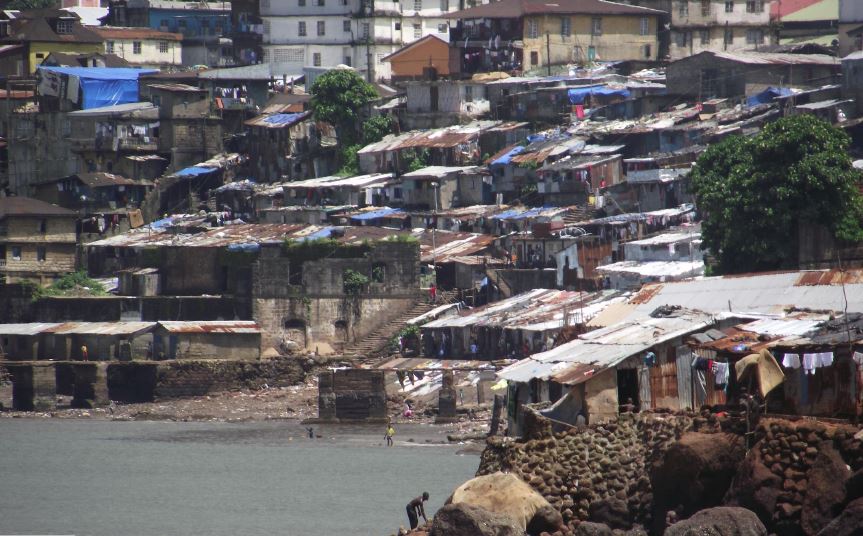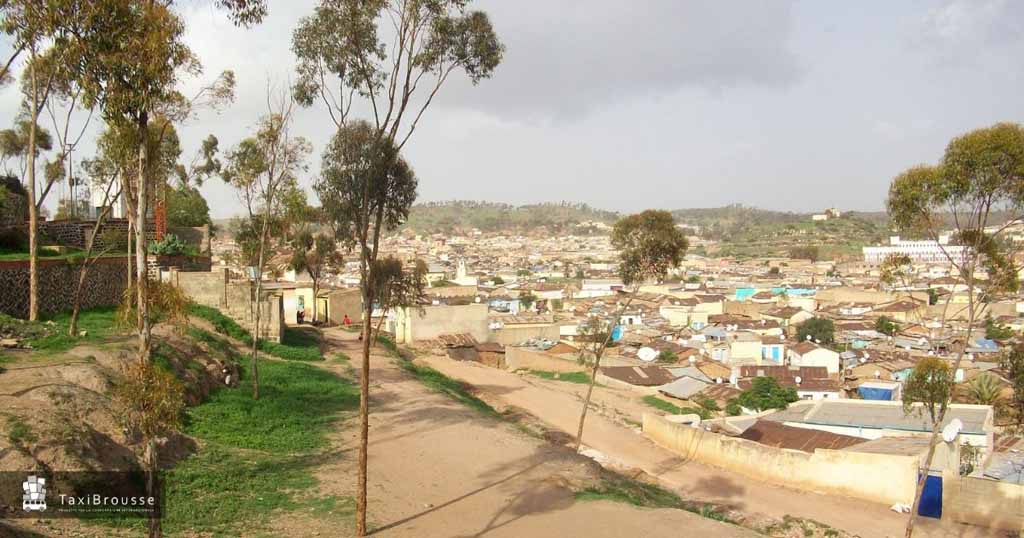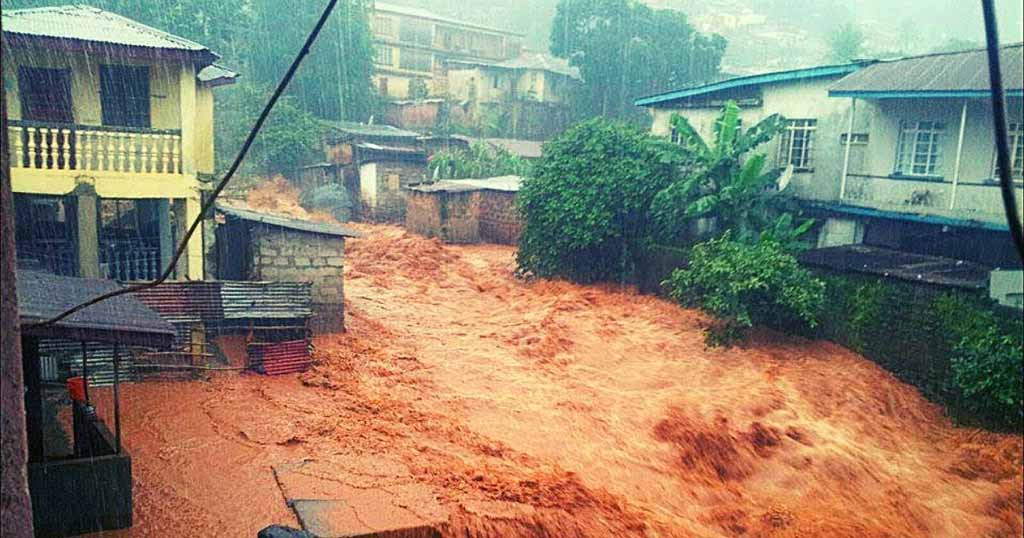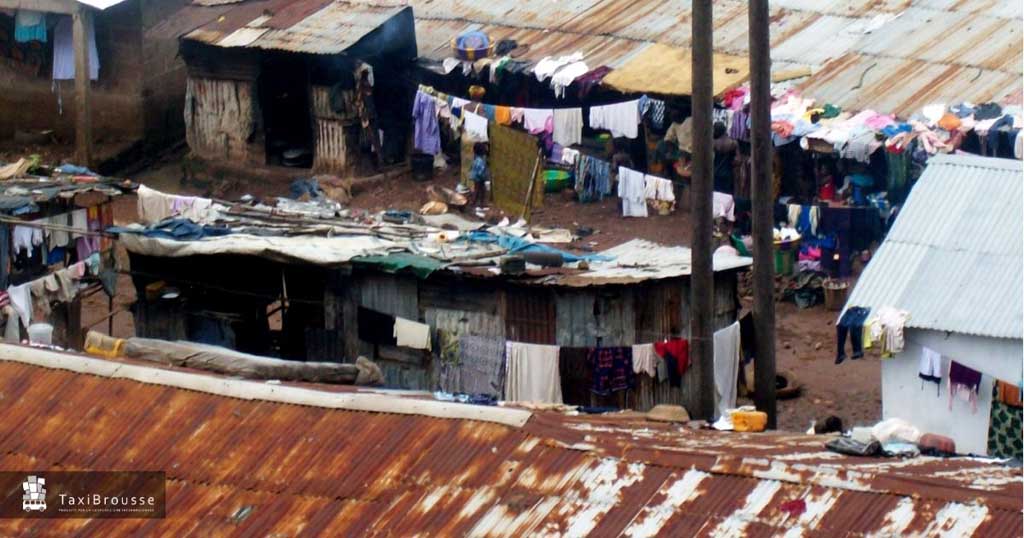The new millennium has begun with an event of historical significance for humanity: the urban population overtaking the rural one, pushed by the demographic explosion in Asian and African conurbations, places that were still classified as rural and “pristine” in our imagination.
The challenge that new megacities offer to the environmental, social or economical sustainability is immense, surely one of the bigger of our cotemporary era. While since some years ago the international development cooperation sector could dedicate its efforts to rural development only, today it has to face the problem of cities as well.
The Agenda 2030 itself has finally an objective dedicated to urban areas: the SDG 11, which demands to make cities and human settlements more inclusive, safe, durable and sustainable.
But how? And following which approach?
In European and Western context the models and strategies of urban governance are based on prerequisites that are often totally absent in the new megacities and consider a series of complex and rigid tools that make them dramatically inadequate in such different contexts.

It’s insane to propose traditional planning tools to achieve the development of overcrowded cities characterized by such a great growth speed, extreme inequalities and systematic absence of basic information.
The mirage of a “machine city” entirely planned and controlled still fascinates many, and for this reason traditional urban theories are still applied without success in totally different contexts.
On the other hand, possible solutions can come from South-South cooperation, especially from those countries that have struggled for decades with an immense urban “problem” and that were able to elaborate creative and participative solutions that are of extraordinary interest, especially as Brasil and India.
Different experiments in these countries teach us the necessity of starting again from the bottom, favouring both the growth of small and defined actions characterized by strong participation, and the systemization of the single interventions in an urban-scale perspective.
Therefore this means going back to “micro”, without expecting to propose (or impose) majestic achievements, but creating a network of purposeful and down-to-earth, minimum interventions, keeping a general overview that is able to integrate them towards strategic objectives.

Nevertheless, urban explosion does not only affect big capital and megacities anymore, but starting from some years ago, especially in Africa and South-East Asia secondary cities have been the ones to sustain most of the urban population growth rates; small centre that are often completely lacking infrastructures and urban governance tools, that find themselves facing new and unforeseen challenges.
On this extremely present and strategic theme, Italy can have a primary role.
Indeed, it is the “country of a hundred cities” that has always derived its strength and unicity from the promotion of small centres and their territorial characteristics, favouring a network-like and collaborative system that could be a winning model for many emergent realities, overwhelmed by demographic pressure and in search of an identity.
This said, we should never forget that the term ‘cooperation’ implies an equal exchange of competences, information, ideas and perspectives: if on one hand our particular history allows us to propose organizational models and tools to favour the administration of these centres, on the other hand we have a lot to learn in terms of participation, integration and alternative and creative approaches to the different problems.
The contamination with very dynamic and lively realities could be very positive to our way of conceiving the cities and the territory, that is often too oriented towards ordinary administration, monetization and excess of laws.

Federico Monica
Architect and Urban Planner, Ph.D. in Urban and regional planning. Founder of Taxibrousse studio, specialized in informal settlements assessment, slum upgrading strategies, low-cost and low-tech building processes.
Share this page!
Featured posts
English version by Carla Procida – interior and service designer
TaxiBrousse is a design and consultancy studio for international development, we works in the fields of engineering, architecture, urban planning and environmental protection.
Follow us





